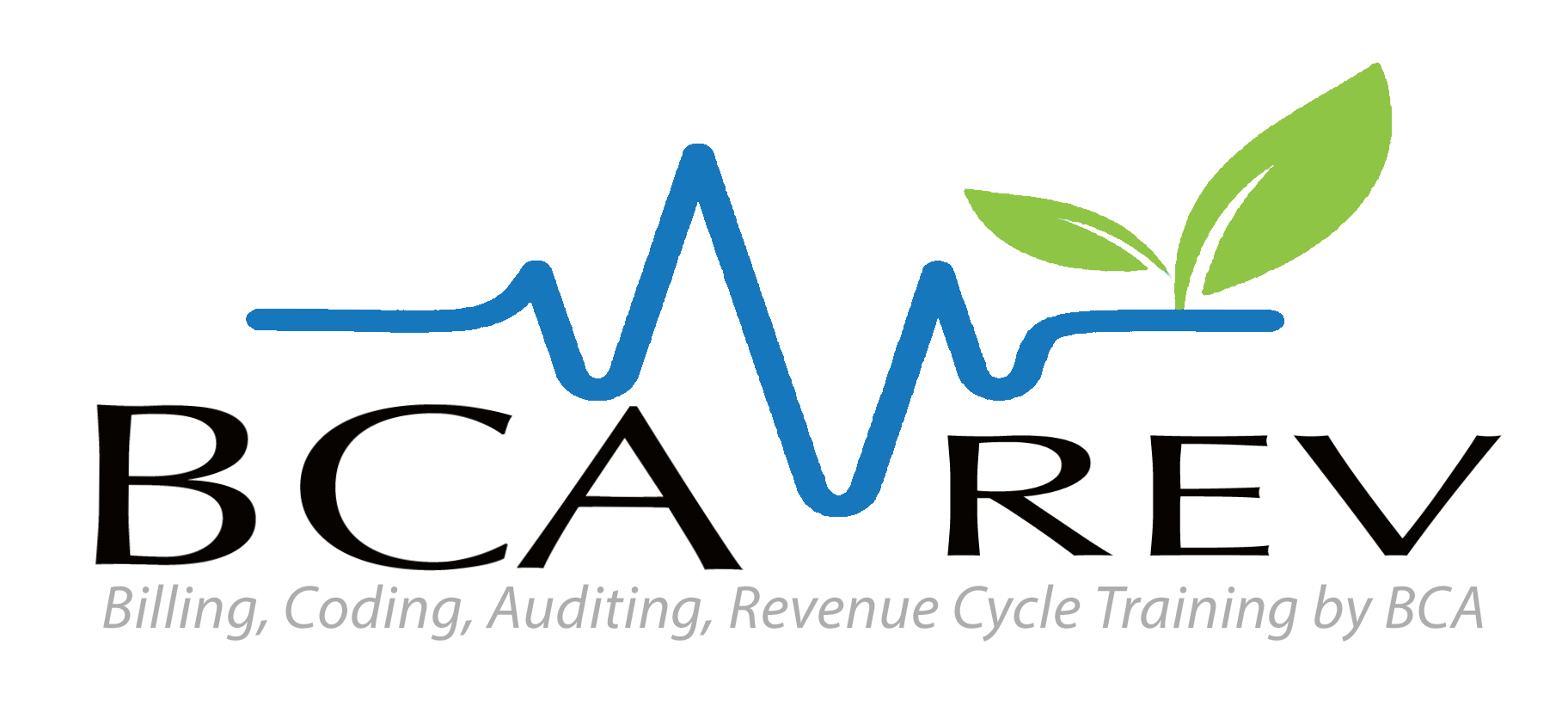Health equity means ensuring that everyone has the chance to be as healthy as possible. However, factors outside of a person’s control, such as discrimination and lack of resources, can prevent them from achieving their best health. Working toward health equity is a way to correct or challenge these factors. As defined by Executive Order by President Biden, equity is “the consistent and systematic fair, just and impartial treatment of all individuals….”.
Health Equity is about providing the best healthcare possible for each individual requiring care based on their unique needs and current social/economic environments. Access to healthcare should be unbiased, making sure ALL patients have equal access to appropriate treatment.
To emphasize the impact and importance of recognizing health equity factors, CMS is currently asking for comments on addressing health disparities and promoting focus on health equities. The CY2022 CMS proposed changes promote a single standard of care across all patients receive care from ACOs regardless of racial/ethnic group. These proposed updates include all-payer electronic clinical quality measures (eCQM) and MIPS CQMs should help to address health disparities and promote health equity. According to these proposed changes, it becomes apparent that the focus on health equity is not going to dissipate any time soon.
There are a few metrics currently in place that allow organizations to track health outcomes that may be impacted by socioeconomic challenges. HIPAA mandated ICD10CM (diagnosis reporting) includes a block of categories focused on Health Equity disparities (Z55-Z65) that is escalating in popularity.
This block of codes (Z55-Z65), often referred to as Social Determinants of Health (SDOH), includes many categories that impact care. SDOH data displays the significance of your patient population. It can be used to analyze patient behaviors and assist with care planning, goal setting and strategy development.
Z55.X: Problems related to education/literacy, academic problems
Z56.X: Problems related to unemployment, work related challenges
Z57.X: Occupational exposure to risk factors
Z59.X: Problems related to house, homelessness, inadequate housing, lack of adequate food/water, low income, insufficient insurance and funds
Z60.X: Problems related to social environment, living alone, adjustment challenges, migration problems, social exclusion
Z62.X: Problems related to upbringing
Z63.X: Problems related to support group/family
Z64.X & Z65.X: Problems related to psychosocial circumstances
When we paint the entire picture of the challenges our patient populations face, the impact of reporting these health equities appropriately becomes quite evident. A great place to start tracking health equity challenges in your organization is with accurate diagnosis reporting about these details that are impacting care. Know what codes/descriptions are available and include in your diagnosis reporting whenever they are documented as impacting care.

